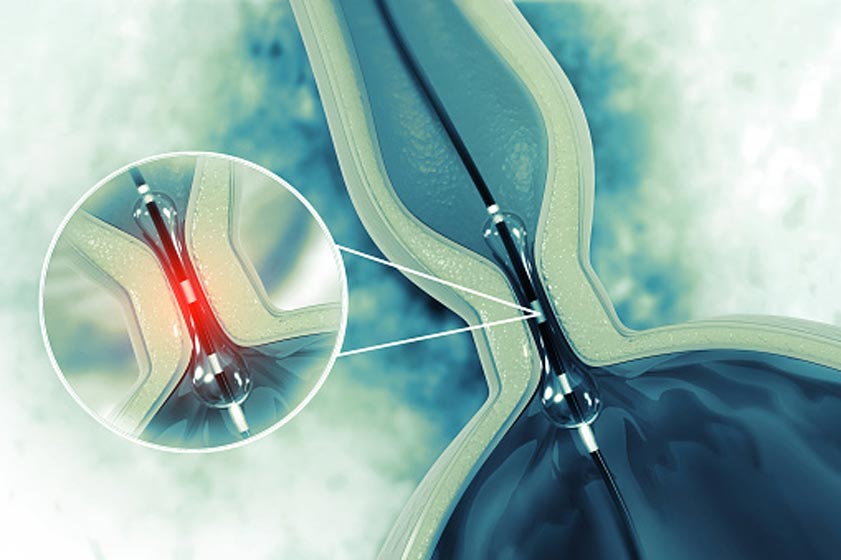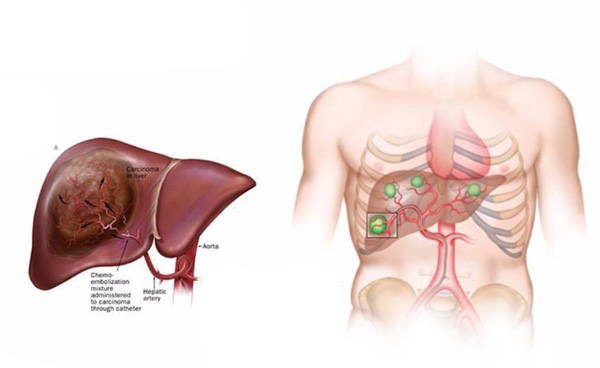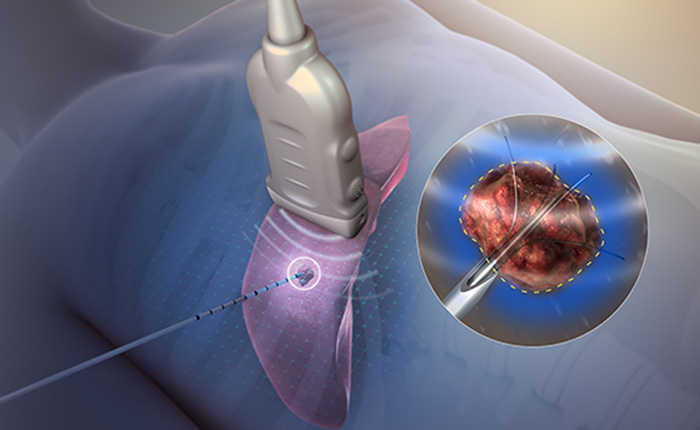Oncology Intervention
“Say Goodbye to Varicose Veins with Our Expert Treatment Solutions”
Oncology Intervention
“Say Goodbye to Varicose
Veins with Our Expert Treatment Solutions”
Veins with Our Expert Treatment Solutions”

Oncology Intervention
Oncology intervention refers to a range of procedures that are used in the diagnosis, treatment, and management of cancer. These procedures are typically performed by interventional radiologists or interventional oncologists who have specialized training in using imaging guidance to perform precise interventions.
Three common oncology interventions are transarterial chemoembolization (TACE), portal vein embolization (PVE), and tumor ablation.
Transarterial Chemoembolization (TACE)
TACE is a minimally invasive procedure used primarily for the treatment of liver cancer. During the procedure, a catheter is inserted into the artery that supplies blood to the tumor. Chemotherapy drugs are then delivered directly into the tumor through the catheter.
Additionally, embolic agents, such as small particles or beads, are injected to block the blood vessels that feed the tumor. This dual action helps to both deliver high doses of chemotherapy to the tumor and deprive it of its blood supply, effectively targeting and shrinking the tumor.

Make an Appointment
Portal Vein Embolization (PVE)
PVE is a preoperative procedure performed to induce liver regeneration and increase the future liver remnant (FLR) volume in patients who require surgery for liver tumors. It is commonly used when the planned liver surgery involves removing a significant portion of the liver.
During the PVE procedure, an interventional radiologist inserts a catheter into the blood vessels and advances it to the portal vein using image guidance, typically with the assistance of ultrasound or fluoroscopy. Embolic agents, such as tiny particles or special coils, are then injected into the portal vein to block the blood flow to the targeted region of the liver. This induces ischemia, a temporary reduction of blood supply to the liver segment that will be resected.
By stimulating the growth of the FLR, PVE helps to ensure that the remaining liver tissue is robust enough to maintain proper liver function following the surgical removal of a substantial portion of the liver.
Tumor Ablation
Tumor ablation is a minimally invasive technique that is used to destroy cancer cells by heating or freezing them. This can be done using various types of energy, such as radiofrequency, microwave, or cryotherapy. During the procedure, a small needle is inserted into the tumor and guided using imaging technology, such as ultrasound or CT scan. The energy is then applied to the tumor, which destroys the cancer cells.
There are different types of tumor ablation techniques :
- Radiofrequency Ablation (RFA)
- Cryoablation
- Microwave Ablation (MWA)
- Ethanol or Alcohol Ablation
- High-Intensity Focused Ultrasound (HIFU)

